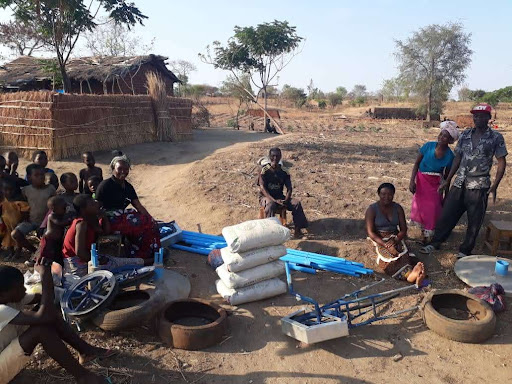
The community’s goal was to establish a project that would help them increase agricultural productivity, decrease food shortages, and increase household incomes. The undulating water table was identified as a key factor limiting the community from achieving its goals. An inability to always have water available to pump was a glaring problem. The idea of irrigation was presented as a solution, as it would allow farmers to grow and yield harvests throughout the dry season.
This community in particular had been looking for ways to source funds for years to establish an irrigation project. The many water reservoirs put them strategically at a good location as advised by the agriculture extension workers. The hard work and zeal shown throughout the project identification and implementation phases showed how determined the group was to make the project a success. overall the community was ecstatic because this also was an opportunity to increase food sufficiency and household income.
To complete this project, the farmers engaged in training about crop management, crop storage, irrigation pump maintenance, and irrigation techniques. Then, the different parts of the irrigation system were constructed, including wells, beds, canoes, pipes, pumps, and well lining (to better hold water). The community contributed their labor, sand, and bricks for the building, as well as put capital toward the project. To ensure the success of the project, the community also came up with strict rules and regulations for how the project was to be built and used upon completion, showing their full commitment to the longevity of the system. Alinafe worked with this community to irrigate 1.5 hectares of land, and an additional 2 hectares of land will be irrigated in the following years once the farmers generate income from the first stage of irrigation. All of the goals of this project are long-term goals as agriculture is a time-intensive process, and having consistently higher crop yield can only be measured over an even longer period. The financial change that comes with the higher crop yield is also not an immediate one, reinforcing that many of the most necessary and effective projects do not create immediate returns, but rather create lasting change that can bolster a community in multiple ways.